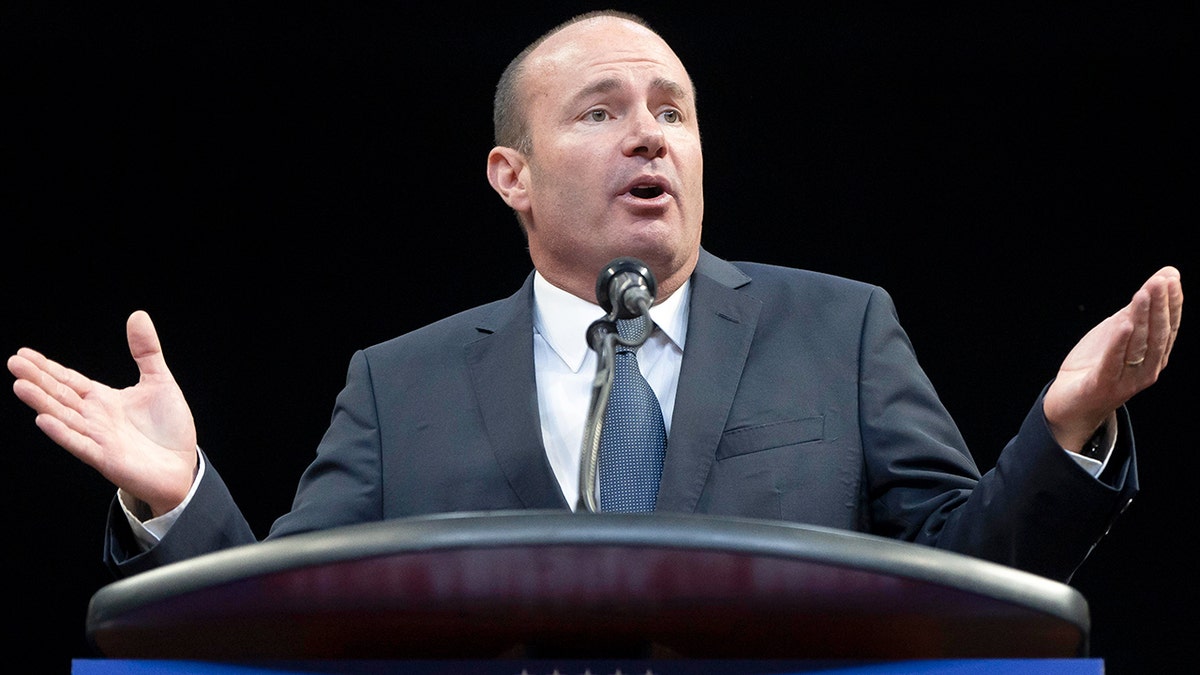
The vote was 217-215, with Thomas Massie being the lone no vote.
U.S. House PASSES 2025 House Republican Budget Proposal, 217-215. pic.twitter.com/irCYQ9ybRc
— CSPAN (@cspan) February 26, 2025
Here’s how it went down, according to The Hill:
House Republicans adopted the budget resolution that will lay the foundation for enacting President Trump’s legislative agenda Tuesday night, just minutes after they initially pulled the measure from the floor.
The legislation was approved in a 217-215 vote.
It capped a wild evening in the House chamber that saw Republican leaders hold open an unrelated vote for more than an hour to buy time to win over holdouts, announce they were canceling a vote on the legislation, and reverse course just 10 minutes later.
The tally also marked a dramatic turnaround for Speaker Mike Johnson (R-La.) and House GOP leaders, who hours earlier were facing opposition to the measure from four deficit hawks, skepticism among some other hardliners, and apprehension from moderates concerned about potential slashes to social safety net measures.
Leading into the vote, Reps. Thomas Massie (R-Ky.), Victoria Spartz (R-Ind.), Warren Davidson (R-Ohio) and Tim Burchett (R-Tenn.) were expected to be the final holdouts against the measure, while Rep. Andy Ogles (R-Tenn.) dubbed himself a “lean no.” They were largely concerned with the level of spending cuts in the legislation, speaking out against the impact it would have on the deficit.
Spartz, Burchett and Davidson flipped to yes. Massie remained a “no” vote.
Trump, who has advocated for the House’s approach over the Senate’s, provided an 11th-hour boost, working the holdouts on the phone ahead of the vote.
Burchett was spotted on the phone with the president as he walked into the House chamber for a procedural vote on Tuesday afternoon. He voted in favor of it on Tuesday.
Republicans are looking to use a process known as budget reconciliation to enact Trump’s priorities, which would allow the party to circumvent Democratic opposition in the Senate.
The House’s resolution lays out a $1.5 trillion floor for spending cuts across committees with a target of $2 trillion, puts a $4.5 trillion ceiling on the deficit impact of any GOP plan to extend Trump’s 2017 tax cuts, and includes $300 billion in additional spending for the border and defense and a $4 trillion debt limit increase.
In addition to the fiscal conservative holdouts, GOP leaders also had to win over moderates concerned about potential cuts to Medicaid in the ultimate Trump agenda bill. The resolution directs the Energy and Commerce Committee — which has jurisdiction over Medicaid — to find at least $880 billion in cuts, a figure that some lawmakers said could not be reached without significant slashes to the social safety net program.
That notion sparked worries among centrists. But after several conversations with leadership, they softened their stances.
The House must reconcile with the Senate — which passed a budget resolution last week that utilizes a different strategy — craft a final bill in line with the parameters in the legislation, and get the final measure across the finish line in the conference’s razor-thin majority.
I’m honestly a little shocked that they got this passed with such a narrow majority. Here’s how the AP describes the next part of the process:
Next steps are long and cumbersome before anything can become law — weeks of committee hearings to draft the details and send the House version to the Senate, where Republicans passed their own scaled-back version. And more big votes are ahead, including an unrelated deal to prevent a government shutdown when federal funding expires March 14. Those talks are also underway.

No comments:
Post a Comment